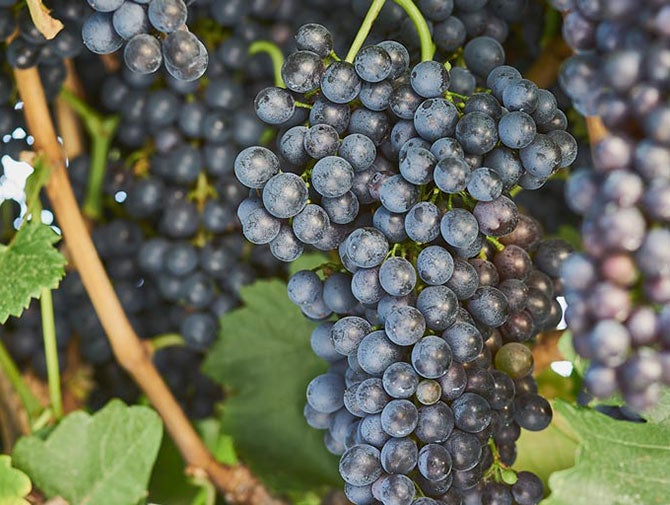Vast and diverse
The Great Southern region is a natural wonder. Tucked under Australia’s south-west, it’s home to national parks, unique wildlife, ancient mountain ranges and miles of unspoilt coastline that alternates between dramatic cliffs and white sandy beaches. This vast region spans more than 39,000 square kilometres – almost the same size as Switzerland – and its five subregions, with small, vibrant towns to discover, each offers something unique.
They include the three cooler inland areas of Mt Barker, where the region’s first vines were planted; Frankland River, the most northern subregion renowned for premium Rieslings; and granite-studded Porongurup. On the coast are Albany – planted with tiny, thriving vineyards and popular for whale watching – and Denmark, famous for its lush Karri forests and spectacular seaside scenery.
This rugged region excels at classic wines: intensely flavoured Rieslings, elegant Chardonnay, peppery cooler-climate Shiraz and refined Pinot Noir. A few producers are also experimenting with alternative varieties such as Gewürztraminer and Tempranillo.
Discovery of a grape-growing paradise
The Great Southern made its name in apples and wool for many years, but in the 1950s those industries slowed down. This wild and remote region may have seemed an unlikely home of fine wine to some, but government viticulturist Bill Jamieson knew the area had grape-growing promise. The Western Australian Government invited Professor Harold Olmo, a prestigious viticulturist from California, to come and investigate. He declared that the region would be perfect for producing premium wines, and about a decade later, in 1964, the Government planted an experimental vineyard at Forest Hill.
The first grapes were harvested in 1972 and made a Riesling that astounded critics with its intense flavours. The wine took out many Australian wine awards, and future releases were multi-award winners too. Meanwhile, a handful of intrepid pioneers had taken up the grape-growing challenge, relying on innovation and improvisation. Farmers-turned-grape growers recycled or repurposed industrial gear including old refrigeration equipment and water tanks.
In 1977, pioneering wineries Plantagenet – who had a vineyard named Rocky Horror because it was strewn with car-sized boulders – and Alkoomi, a family-run farm in Frankland River, won gold medals at the Perth wine show. Inspired by early success, the growing wine community planted more vineyards and made standout wines, proving the earlier agricultural studies right: thanks to its pristine environment and vine-friendly soils, the Great Southern was a great place to make wine.
A small fortune
The Great Southern may be vast but its future as a premium wine region lies in what’s small. It’s gaining a global reputation thanks to a growing community of small wineries and vineyards. Some intentionally keep their production minimal so they can personally handcraft each wine. Wines that used to be labelled ‘Western Australian’ or ‘Great Southern’ are now being labelled by their subregions Many of the larger wineries are known for premium wines grown in single vineyards and even specific plots, and they’re keeping their impact small through sustainable farming.
In Frankland River, Frankland Estate is renowned for its award-winning single-vineyard Rieslings. Founded by Barrie Smith and Judi Cullam, with their two children and their young families living on the property, it’s a tight-knit family affair. The winery’s small yet passionate team works to protect the ecological balance of the region, and their Isolation Ridge vineyard is certified organic.
With its pristine land producing world-class wines, the Great Southern is shining bright as one of Australia’s regional gems. And as more vineyards are planted in the years to come, the only way is up.




